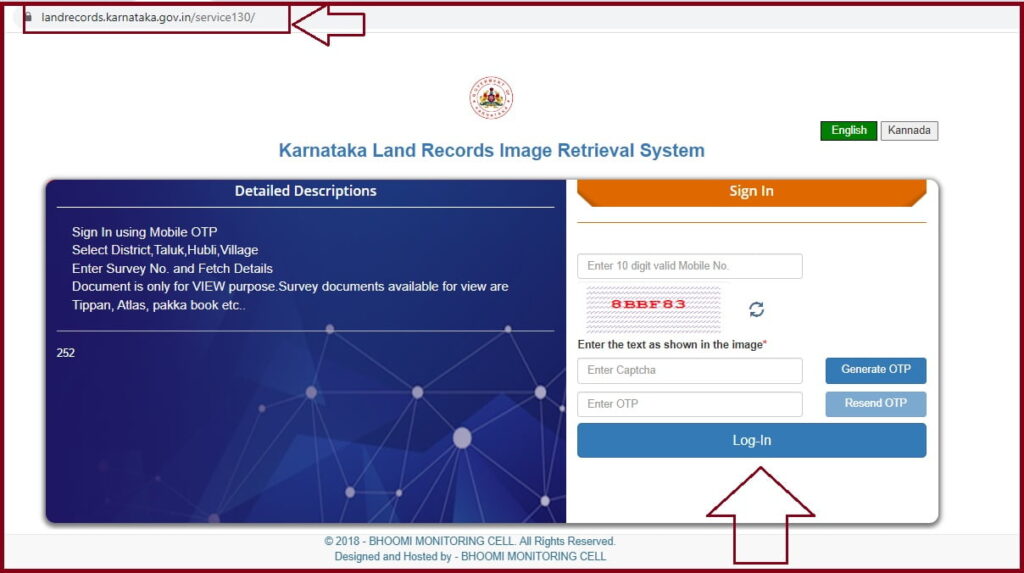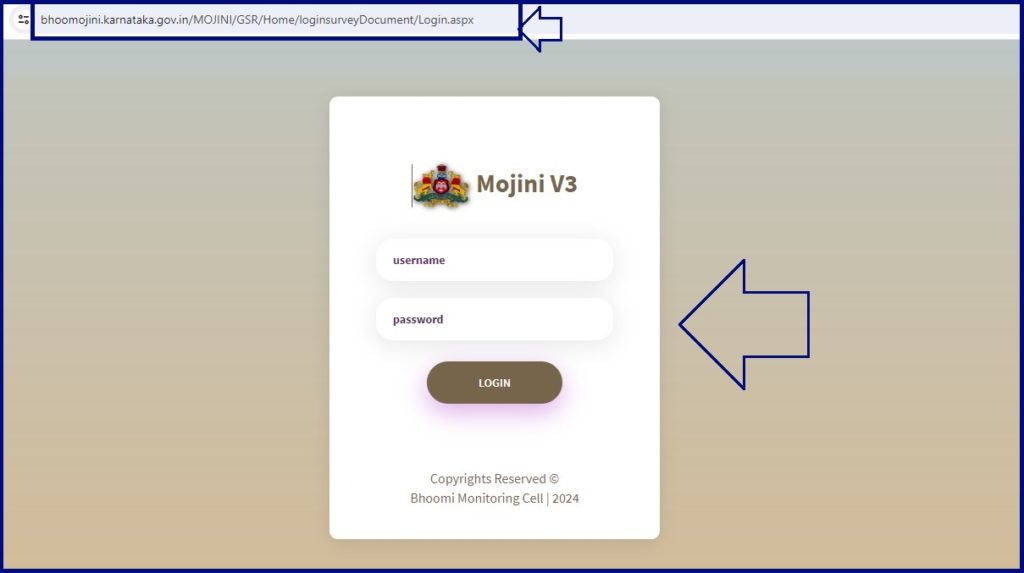Overview
In today’s fast-paced digital world, access to secure login systems is crucial for businesses, government entities, and individual users. One such system, KLR Login Service 137, has garnered attention for its integration in administrative portals and institutional access systems. Though not widely known in the mainstream, it plays a significant role in the backend of specific organizational frameworks. This article provides an in-depth look into KLR Login Service 137, what it is, how it functions, its use cases, and its importance in ensuring secure access.
What is KLR Login Service 137?
KLR Login Service 137 is a secure authentication system designed to facilitate authorized access to specific digital platforms, particularly in governmental, educational, or institutional settings. The abbreviation “KLR” may refer to a specific organization or internal system, while “137” is often a version number or identification tag used to differentiate this login service from other variants.
This service acts as a gateway between users and restricted digital resources, allowing verified users to access data, services, or administrative panels based on their credentials.
Features of KLR Login Service 137
KLR Login Service 137 comes equipped with several essential features that ensure secure, seamless, and manageable access. Some of these features include:
- Multi-Level Authentication
This service usually supports multiple layers of user verification, including username-password combinations, security tokens, and in some cases, biometric or OTP-based (One Time Password) verification. - Role-Based Access Control (RBAC)
Users are assigned roles (e.g., student, administrator, officer, etc.), and their level of access is governed by these roles. This ensures data privacy and restricts sensitive information to authorized personnel. - Audit Trails and Logs
KLR Login Service 137 generally maintains comprehensive logs of all login attempts—successful and unsuccessful. These logs are critical for security audits and identifying unauthorized access attempts. - Integration Capabilities
The service is often integrated with other platforms like ERP systems, HR portals, or academic record systems to provide a seamless login experience across different services.
Use Cases of KLR Login Service 137
While KLR Login Service 137 is not a widely commercial product like Google or Microsoft login systems, it holds a vital place in internal or regional services. Common use cases include:
- Educational Institutions: Used by students and staff to log into examination portals, digital libraries, or academic records.
- Government Departments: Provides access to civil service applications, internal data systems, and monitoring tools.
- Corporate Organizations: Employed to manage employee access to HR systems, payroll platforms, and project management dashboards.
- Public Utilities and Tax Systems: Enables citizens to access tax portals, utility bill systems, or service request platforms.
Importance of Secure Login Services
KLR Login Service 137, like any secure login service, plays a critical role in data protection and user management. With the increasing threat of cyber-attacks, identity theft, and unauthorized access, having a robust authentication system is no longer optional—it is essential.

Here’s why secure login systems like KLR 137 are vital:
- Data Protection: Sensitive information such as personal IDs, financial details, and institutional data need protection.
- Compliance: Organizations are required to comply with data protection laws like GDPR, HIPAA, etc., which demand proper access controls.
- Operational Efficiency: A centralized login system improves user experience and reduces administrative burden.
- Accountability: Audit logs ensure accountability by tracking user actions within the system.
How to Use KLR Login Service 137
Using the KLR login service typically involves a few basic steps:
- Visit the Portal: Navigate to the platform that integrates the KLR Login Service.
- Enter Credentials: Input your assigned username and password.
- Two-Factor Authentication (if enabled): You may be prompted to enter a code sent to your email or phone.
- Access Dashboard: Once authenticated, you are redirected to your personalized dashboard or workspace.
Users may need to register first or be issued credentials by an administrator, depending on the organization’s policies.
Challenges and Limitations
Despite its usefulness, KLR Login Service 137 may face challenges such as:
- Limited Public Documentation: Information on KLR 137 might be limited, especially if it is an internal or regional system.
- User Experience: Some users may find the interface outdated or difficult to navigate if not updated regularly.
- Technical Glitches: As with any system, server downtime or login errors can affect usability.
Final Thoughts
KLR Login Service 137 may not be a household name, but it fulfills a very specific and important role in secure digital access. As digital transformation continues to evolve across sectors, services like this will become increasingly crucial. Whether you’re a student trying to access grades, an employee logging into a work portal, or a citizen checking government records, secure login systems like KLR 137 ensure your data remains protected and your access streamlined.

For organizations using this system, it is important to regularly audit, update, and educate users on secure login practices to maximize its effectiveness.


